
1. Production of Medicinal Plant Compounds in a Microgravity-based Hydrodynamic Focusing Bioreactor (HFB)

Dr. Valluri holding up cultured plant cells in front of an incubator housing his HFB
Cell culture conditions in the simulated microgravity environment of Hydrodynamic Focusing Bioreactor (HFB) combine two beneficial factors: low shear stress, which promotes the assembly of tissue-like 3-D constructs; and randomized gravitational vectors, which affect production of medicinal compounds. Close apposition of the plant cells in the absence of shear forces presumably promotes cell-cell contacts, cell aggregation and cell differentiation. This process then might lead to the rapid establishment and expansion of aggregate cultures, which unlike cells cultured in conventional fermentors, are not disrupted by shear forces. The main direction of our research is to investigate the effects of microgravity on medicinal plant cell cultures, in particular the events occurring at the membrane level and providing the transduction of primary microgravity effects in the production of medicinal secondary metabolites. This project evaluates the 3-D in vitro growth and biomass characteristics and production of medicinal compounds from various plant cell suspension cultures.
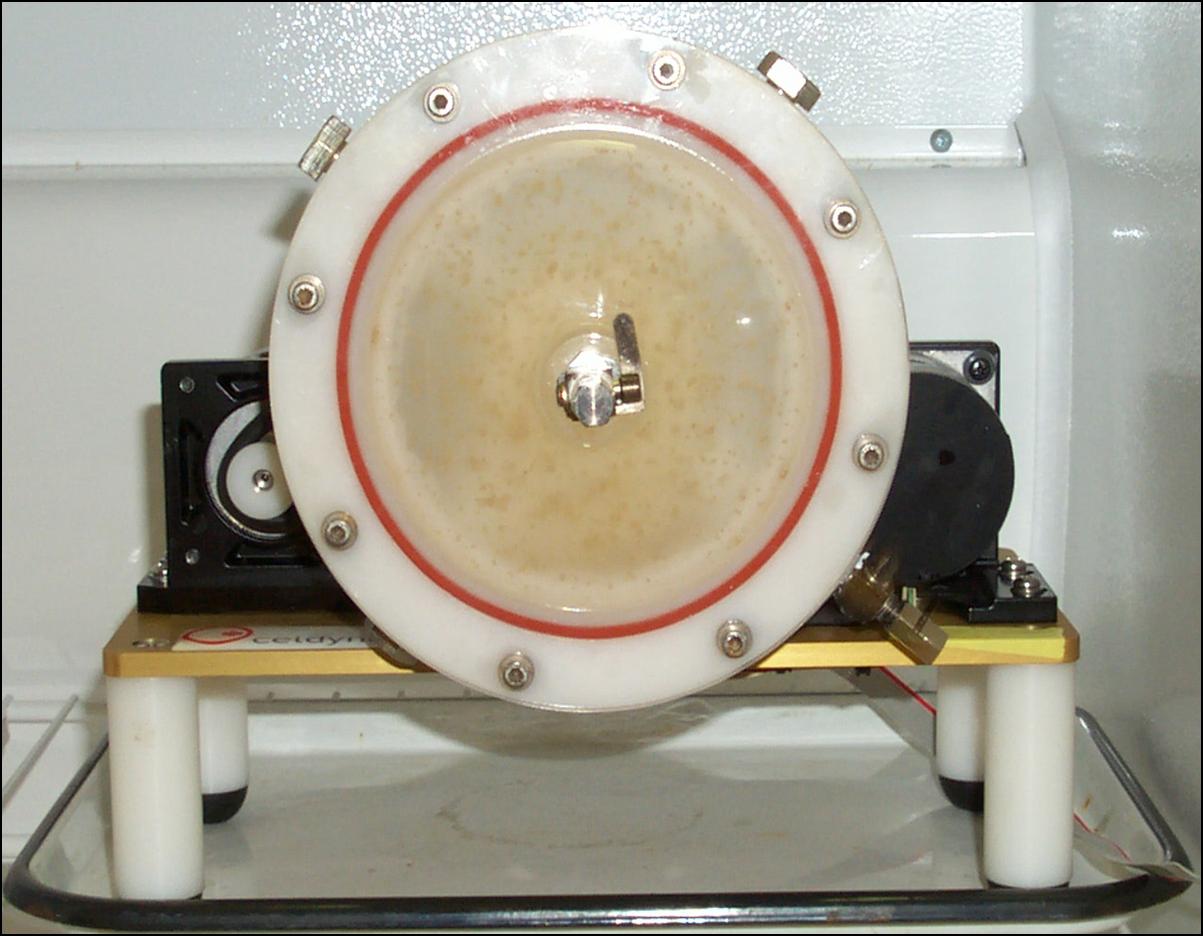
150 ml Manual Hydrodynamic Focusing Bioreactor inside a temperature and light controlled incubator.
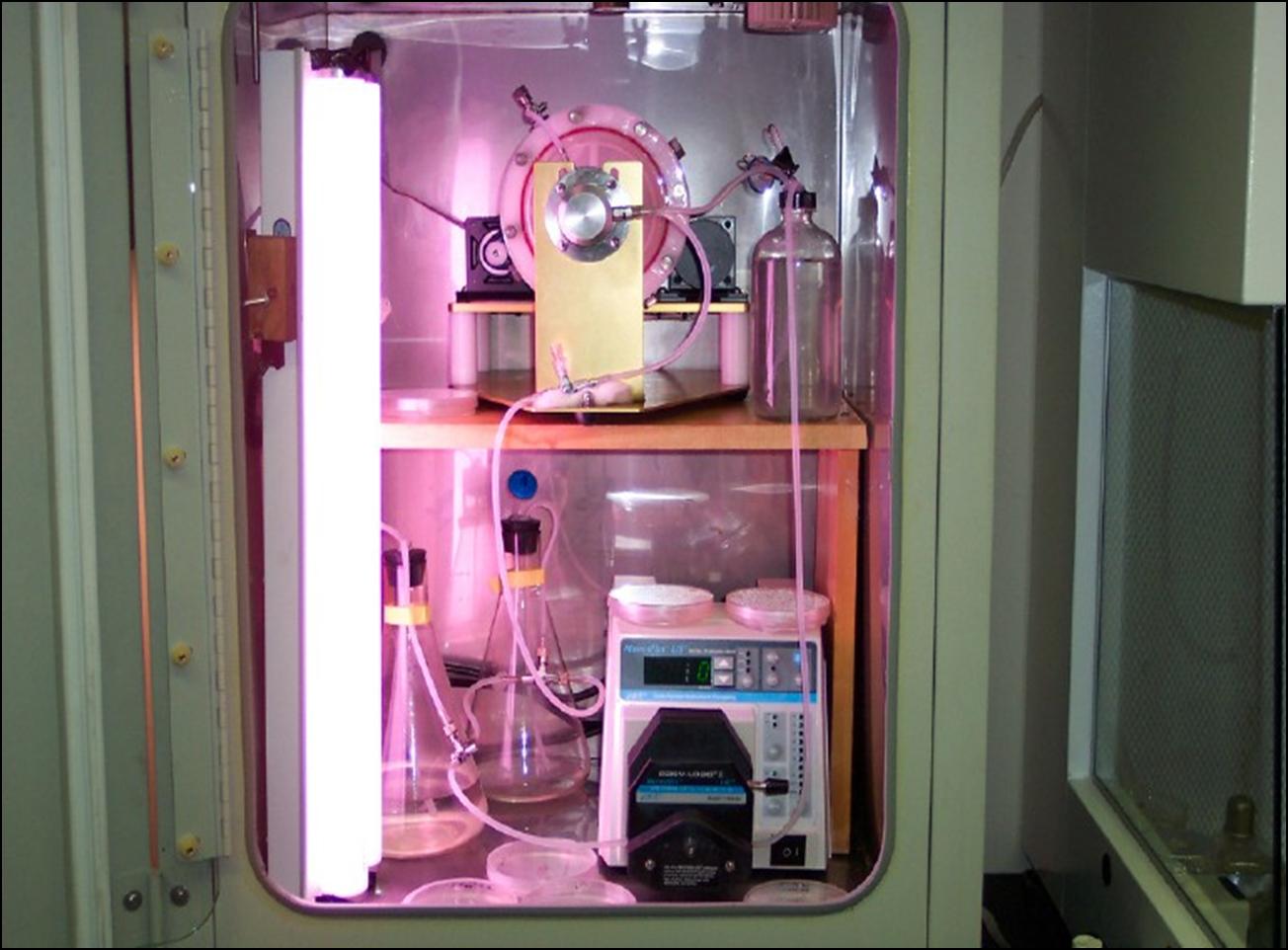
150 ml Perfused Hydrodynamic Focusing Bioreactor inside a carbon dioxide incubator.
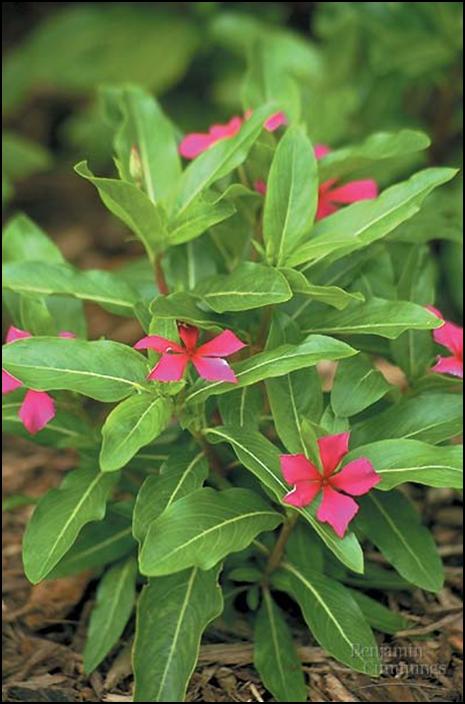
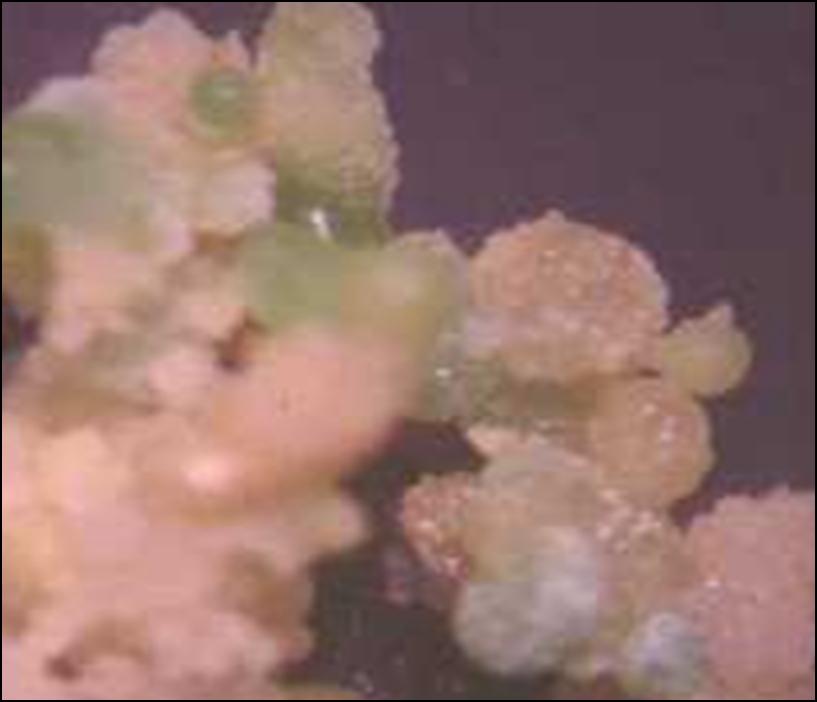
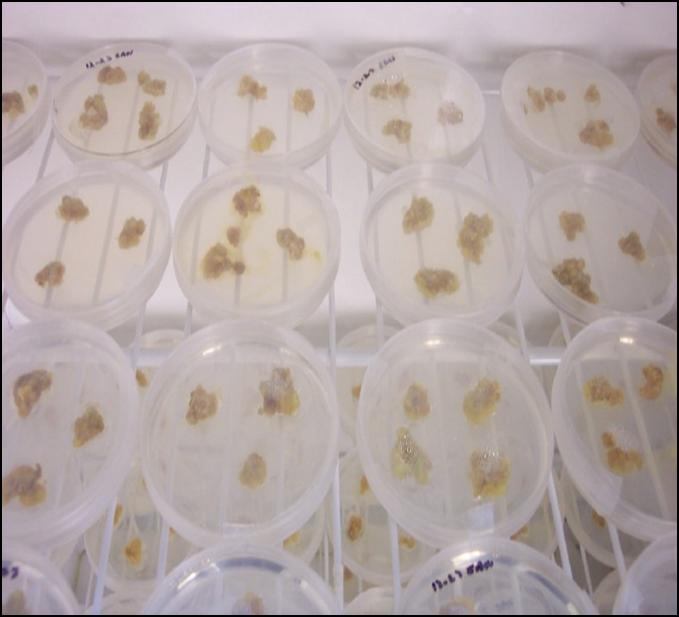
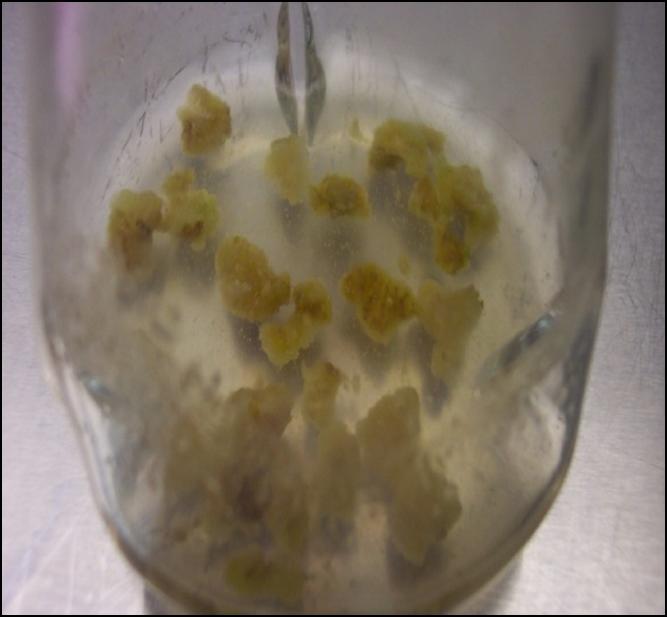
This project represents a unique, cooperative effort between our laboratory and the Biotechnology Program at the NASA - Johnson Space Center. This proposed collaboration combines the expertise and experience in three-dimensional growth and differentiation of plant cells and production of high value medicinal compounds from plant cells at Marshall University with the microgravity-based, three-dimensional culture technology and processes at the Johnson Space Center. This project utilizes NASA bioreactor technology to address the role of gravity in the formation and differentiation of three-dimensional plant tissue and in regulating their cellular physiology for the production of medicinal compounds.
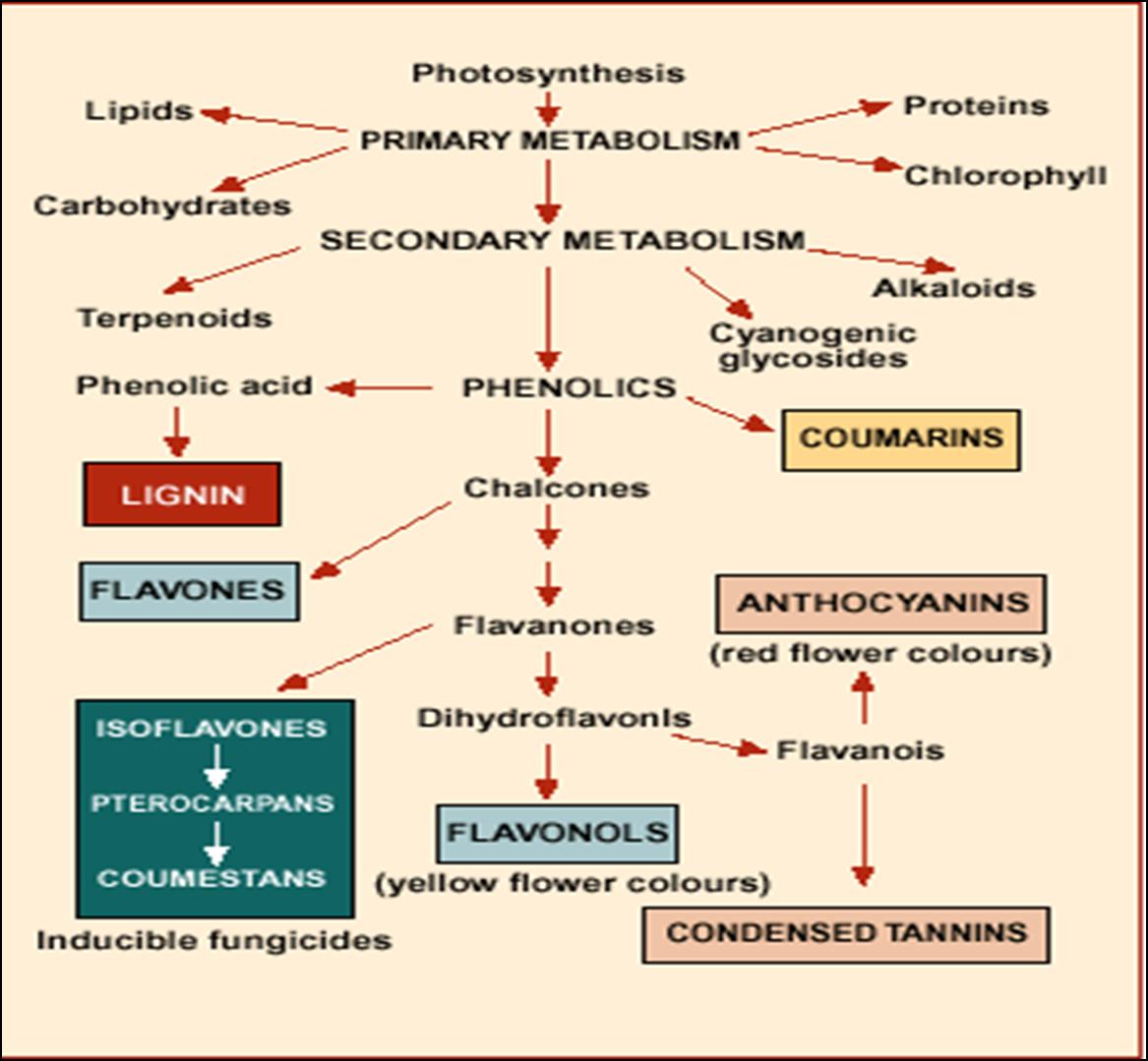
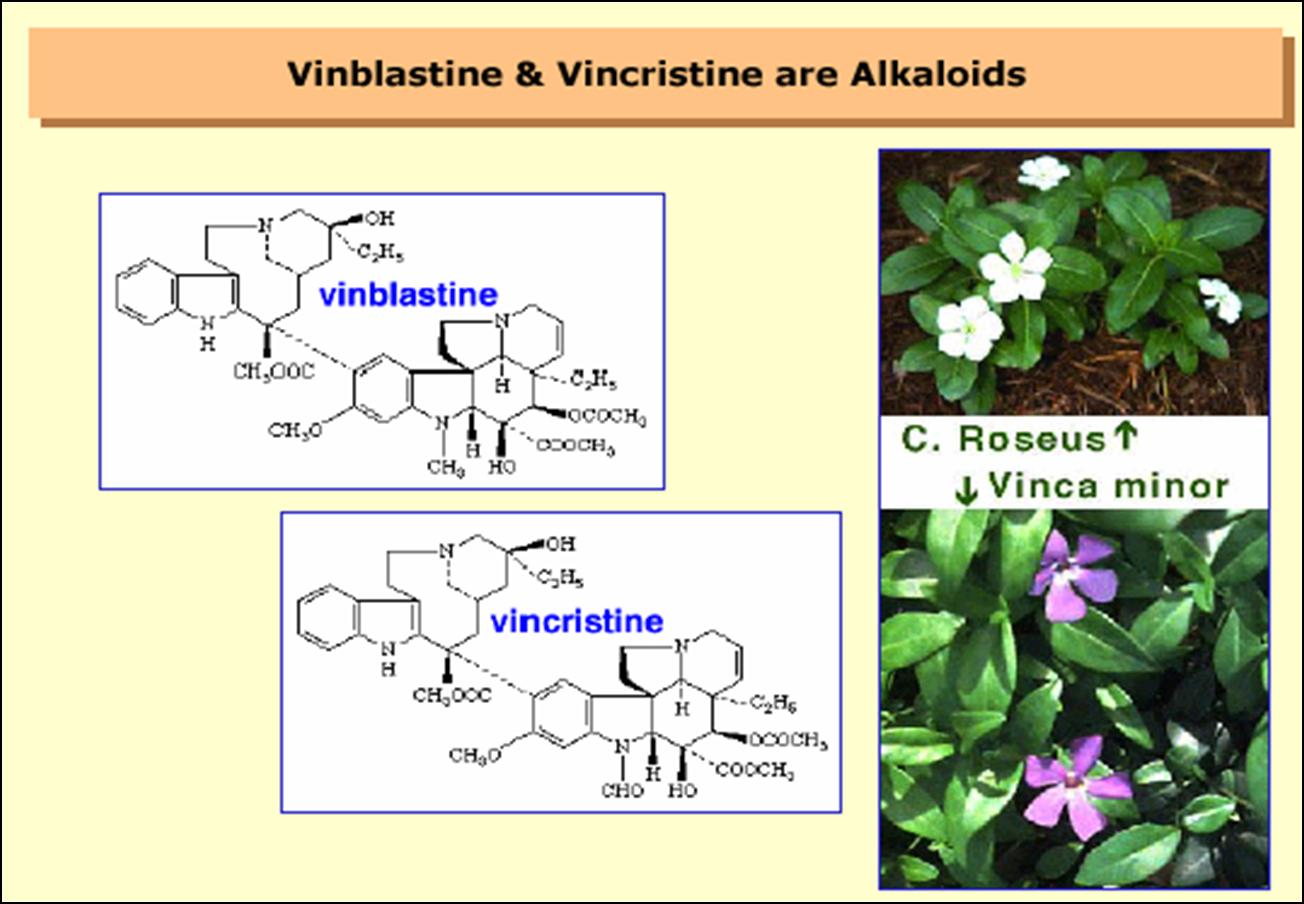
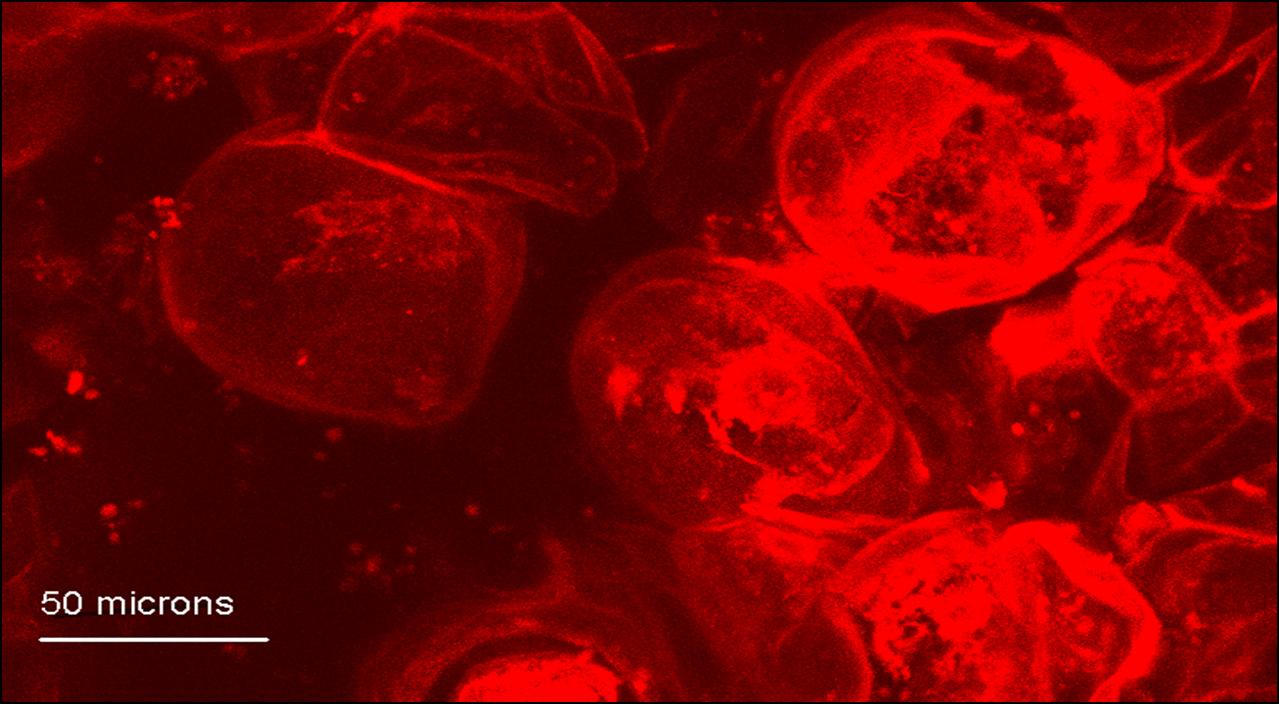
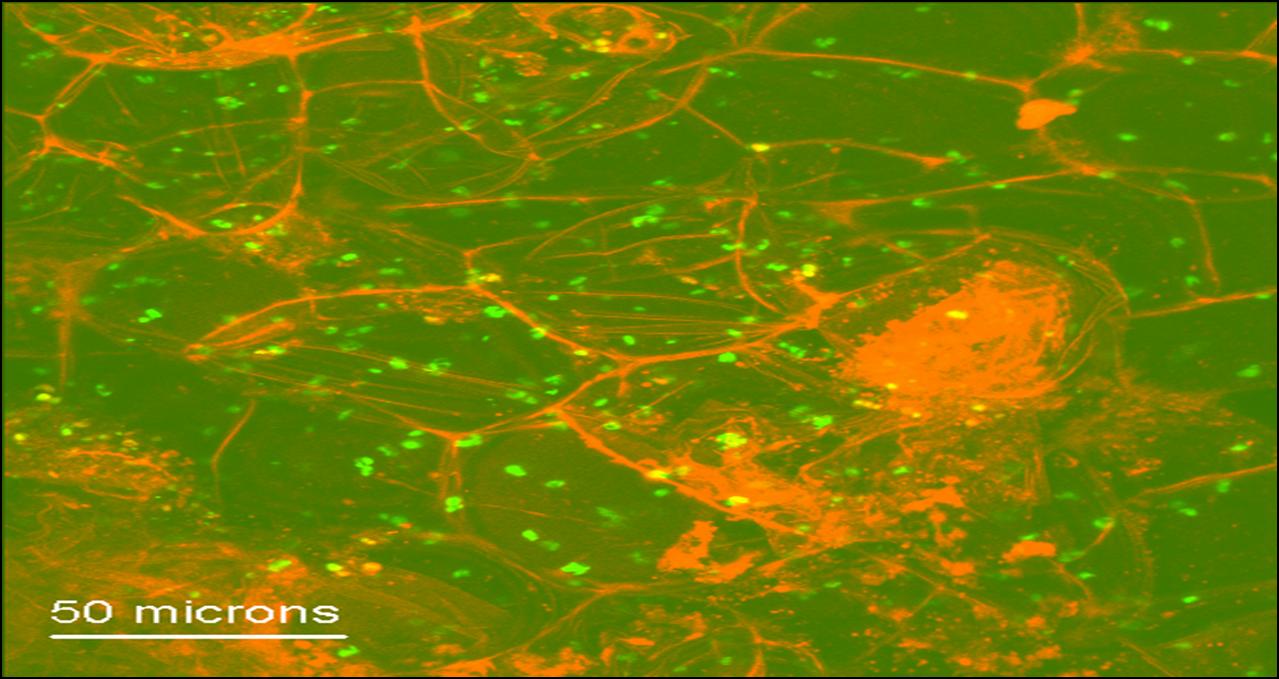
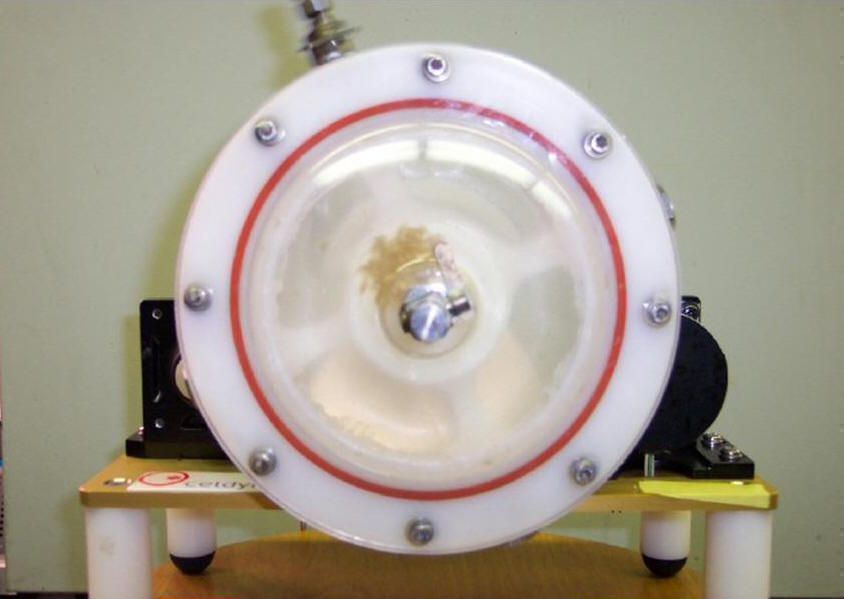
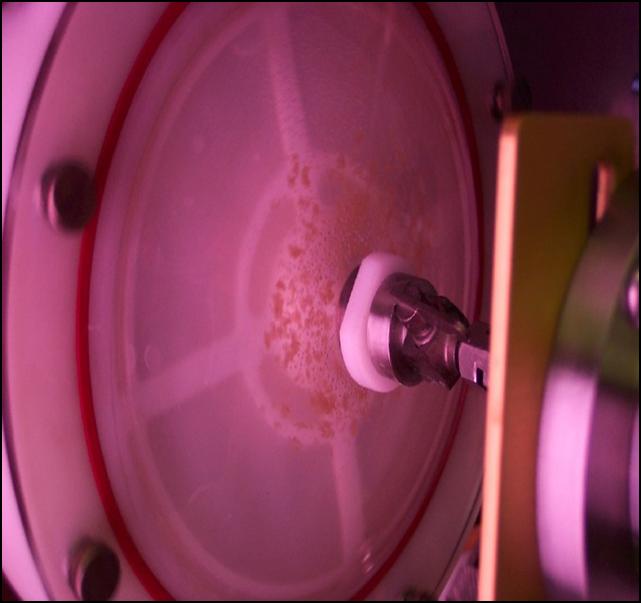
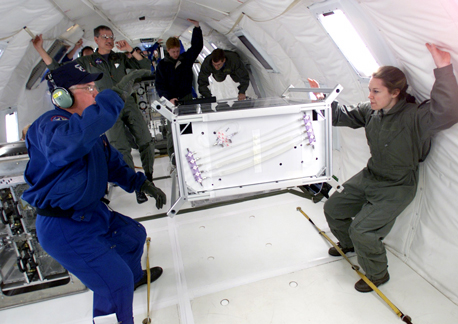

An HFB onboard the KC-135 aircraft used to simulate low-gravity in Earth's atmosphere.
Photo: from an article by Dr. Charles E. Niederhaus of NASA
(http://www.grc.nasa.gov/WWW/RT/2003/6000/6712niederhaus.html)